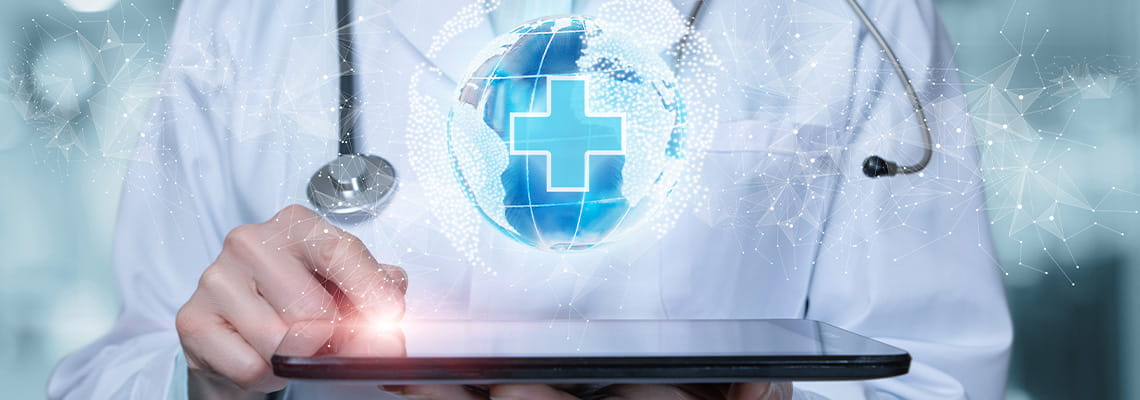Future Bet: Remote Patient Monitoring

VISION & GOALS
Over the past century, our approach to “vital signs” has remained virtually unchanged – requiring labor-intensive manual collection, interrupting our patient’s rest, and yet missing signs of deterioration between collection times. “It’s too much, yet it’s not enough,” said Dr. Sarah Pletcher, vice president and executive medical director of strategic innovation at Houston Methodist.
By adopting leading-edge sensors and wearable technologies, powered by clinical intelligence engines, Houston Methodist is poised to shift from a traditional episodic model of care to one that is more automated and continuous. This scalable approach to patient monitoring has the potential to:
- Streamline workflow
- Reduce hospital stays and cost
- Empower clinical teams and patients with highly actionable data
- Personalize care and improve patient experience
Using these technologies will ensure leading quality hospital care despite workforce challenges, and to better support patient recovery at home. Up to $265 billion of care services could shift from traditional facilities to the home by 2025,1 making remote care and continuous monitoring essential cornerstones of the Houston Methodist innovation strategy.
OUR SOLUTION
Our continuous care model is designed around three tech-enabled approaches:
1. Medical grade multi-parameter wearables: The FDA-cleared BioButton® medical wearable device is leading-edge biosensor technology. It passively captures high-frequency-trending vital signs from patients in general care units of the hospital, and ultimately at home.
2. Advanced algorithms and analytics: Trending data and algorithmic-based alerting allow clinicians to identify early signs of patient deterioration, enabling proactive clinical interventions that may result in better care and patient safety.
3. Clinical intelligence and triage: Clinical teams are empowered through exception management dashboards that display contextual patient data for more efficient, actionable clinical decisions.
CURRENT RESULTS & PARTNERSHIPS
Houston Methodist has a portfolio of virtual care and monitoring technologies powering our clinical programs. Our strategic partnership with BioIntelliSense accelerates our care redesign and transformation efforts through a “hero product” allowing growth of our continuous patient monitoring programs that extends from in-hospital to home.
Throughout a patient’s hospital stay, the FDA-cleared BioButton® wearable medical device (about the size of silver dollar) automates the collection of vital signs by capturing up to 1,440 sets of vital sign measurements per day. Having high-frequency data flow for things like respiratory rate, heart rate, and temperature allows for identifying adverse trends at a fraction of the cost of traditional manual vital sign collection done four to six times per day.
Software solutions that use clinical intelligence aggregate robust data and provide clinicians with a composite view of patient vital sign trends, while simultaneously performing advanced analytics and alerting, for proactive clinical interventions and triage. This end-to-end continuous care solution enables clinical teams to better detect early signs of patient deterioration or, conversely, identify stable patients who may be candidates for earlier hospital discharge. The rechargeable BioButton device can be sent home to continue monitoring of patients as they transition from higher to lower acuity settings, as part of an alternative to hospital stay or ER visit, or for better management of chronic conditions.
NEXT STEPS
We are actively implementing a four-stage plan to scale continuous patient monitoring in all system hospitals, then from in-patient to home as we integrate other devices and expand to many additional clinical use cases for the benefit of our team, our patients and the community we serve.
1 Bestsennyy O et al. From facility to home: How healthcare could shift by 2025. Feb. 1, 2023. mckinsey.com